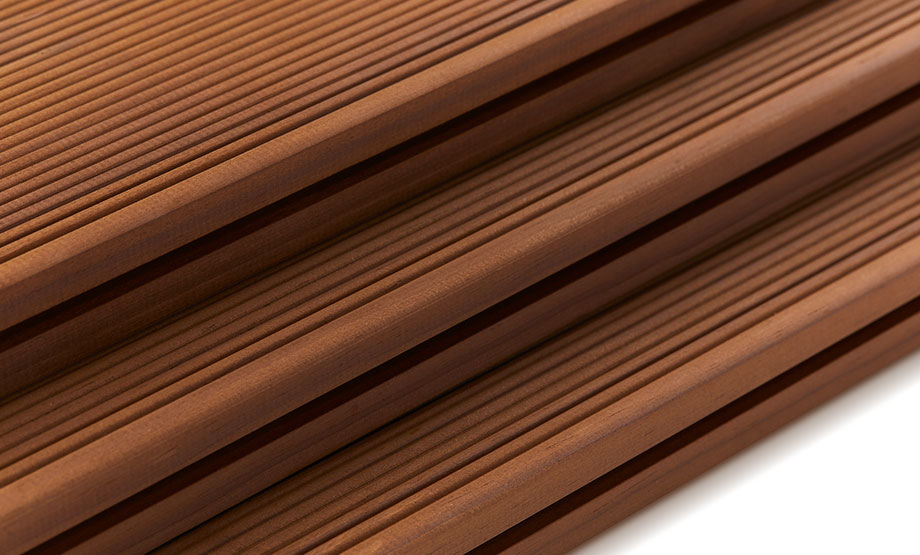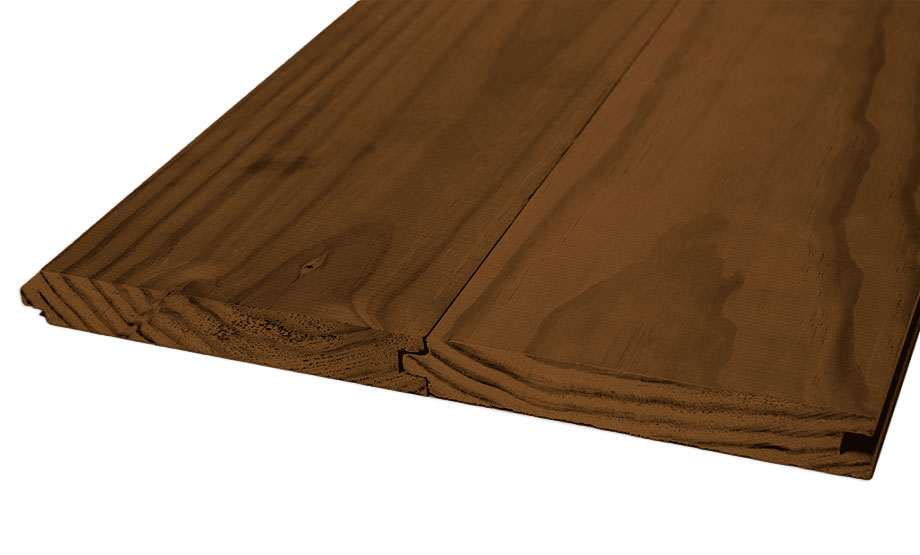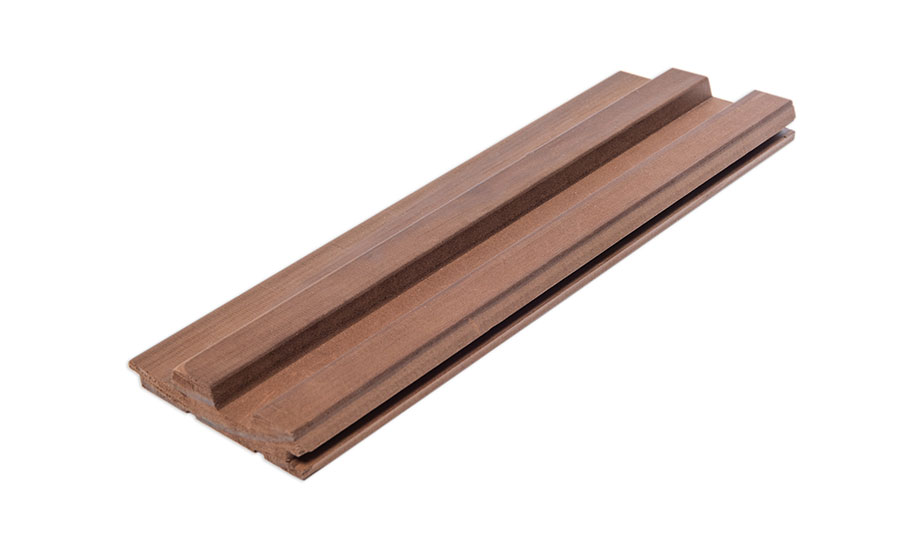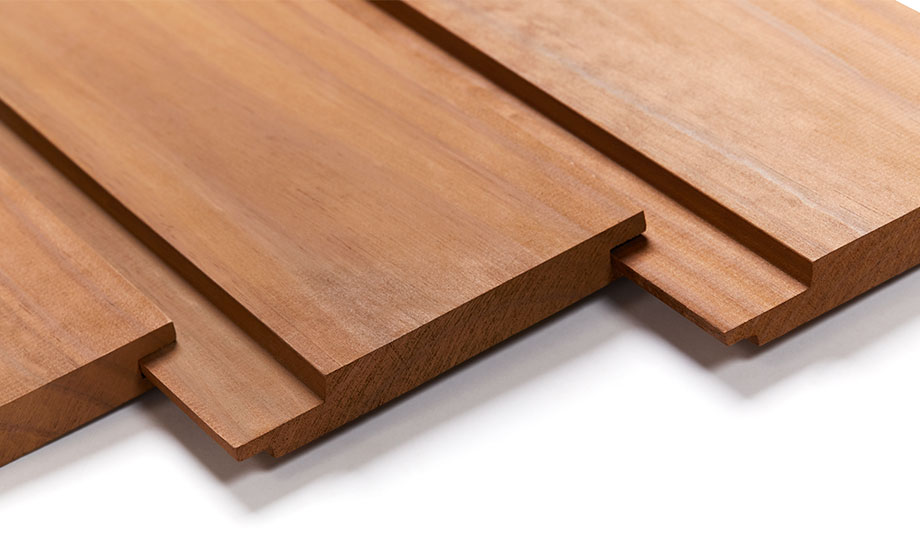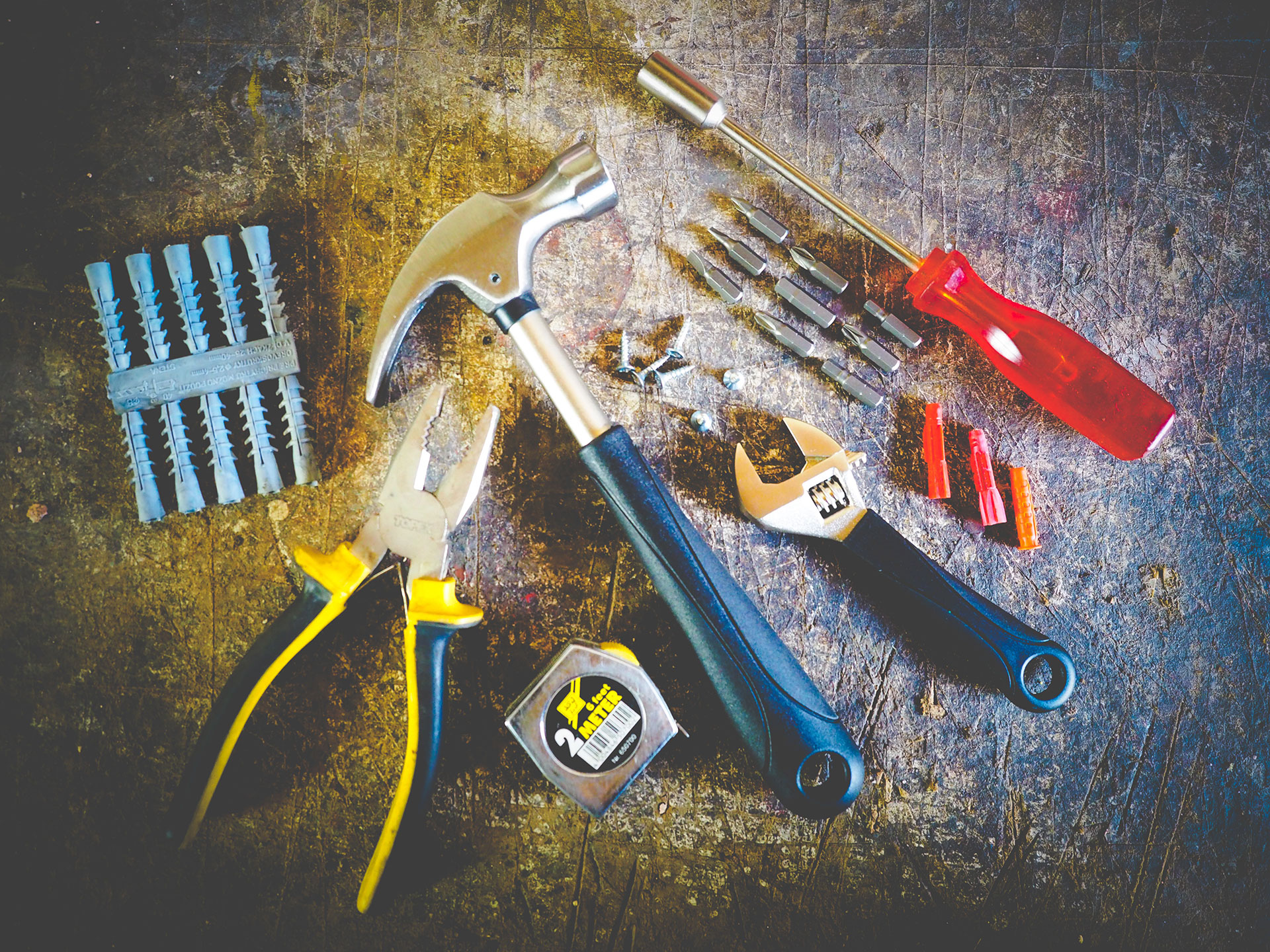
Essential Tools for a “Do It Yourself” Woodworking Project
Whether it’s for a hobby, testing your woodworking skills, or getting out of a jam on your own, you need to have the right tools to do a good job.
You don’t have to be a woodworking expert to be able to follow a tutorial and adjust your furniture to the size you want. It might not be a perfect job but with enough patience and dedication, you can get a satisfactory result. However, to get there, you need to make sure you have the basic tools to venture into “DIY” woodworking.
Forgetting the stereotype of the ideal carpenter’s workshop, we will focus on giving you a list of basic tools both to get out of trouble and to fix or even create your own furniture.
1. Nails and Screws
The most basic element of all is probably the one that serves to join the wooden boards that will shape your furniture. There’s a high possibility that you will need extras in case of loss or damage, so we recommend having a box of nails and a box of screws stored in your workshop.
2. Hammer
The most common is the carpenter’s hammer, which can have a steel or wooden handle. We recommend trying a few to decide which one suits you best.
3. Set of Screwdrivers and Allen Wrenches
So many different types of furniture and wooden artifacts means you have many different types of screws – pallet, cross or sometimes hexagonal being the most common. Having a set of screwdrivers of various sizes is often indispensable.
4. Carpenter Square and Tape Measure
Determining the measurements of each of the wood surfaces is essential so what you make fits and you don’t end up wasting material. Making measurements by eye can go wrong; make sure you can correctly take the measurements with the help of a tape measure and, if necessary, draw a cut line. Help yourself with a ruler or carpenter square to make sure that it’s straight.
5. Electric and/or Hand Saw
It may be the most indispensable tool to get the result you expect. There are hand and electric saws, but if you are just starting out, we recommend using a hand saw to be more precise in your cuts.
6. Sandpaper for Wood
You can buy sandpaper with different grains, from fine to coarse, depending on the material you’re working with and the desired result. It helps leave a smooth surface after a cut or prepare a board for painting or varnishing.
7. Drill
It’s convenient to have a drill on hand in every home. They should always be used carefully and firmly in order to do a good job. We recommend marking the areas where you will use it in order to avoid mistakes.
8. Drill Bit Set
Drill bits are pieces that go on the tip of the drill and make contact with the surface to be drilled. Make sure the set is made for wood and ideally has several sizes.
9. Pliers
Pliers work like tweezers and are useful in many cases to get out of trouble.
10. Elements of Personal Protection
Safety first! It’s essential that you have personal protection equipment before doing any carpentry work. Whether you are a novice or an experienced carpenter, make sure you have at your disposal: goggles, to protect you from splinters or elements that may hinder your vision; and gloves, to avoid cuts, blisters, bumps and ensure a good grip of the equipment to be used.
However, if your task is more serious, we recommend getting inspired by the work of people experienced in wooden “Do It Yourself” projects, such as @david_canyoubuildme_a, @builtbybecdesings or @motleyandmyrtle. Comment on our Instagram post if you would like a list of tools for wood experts.


